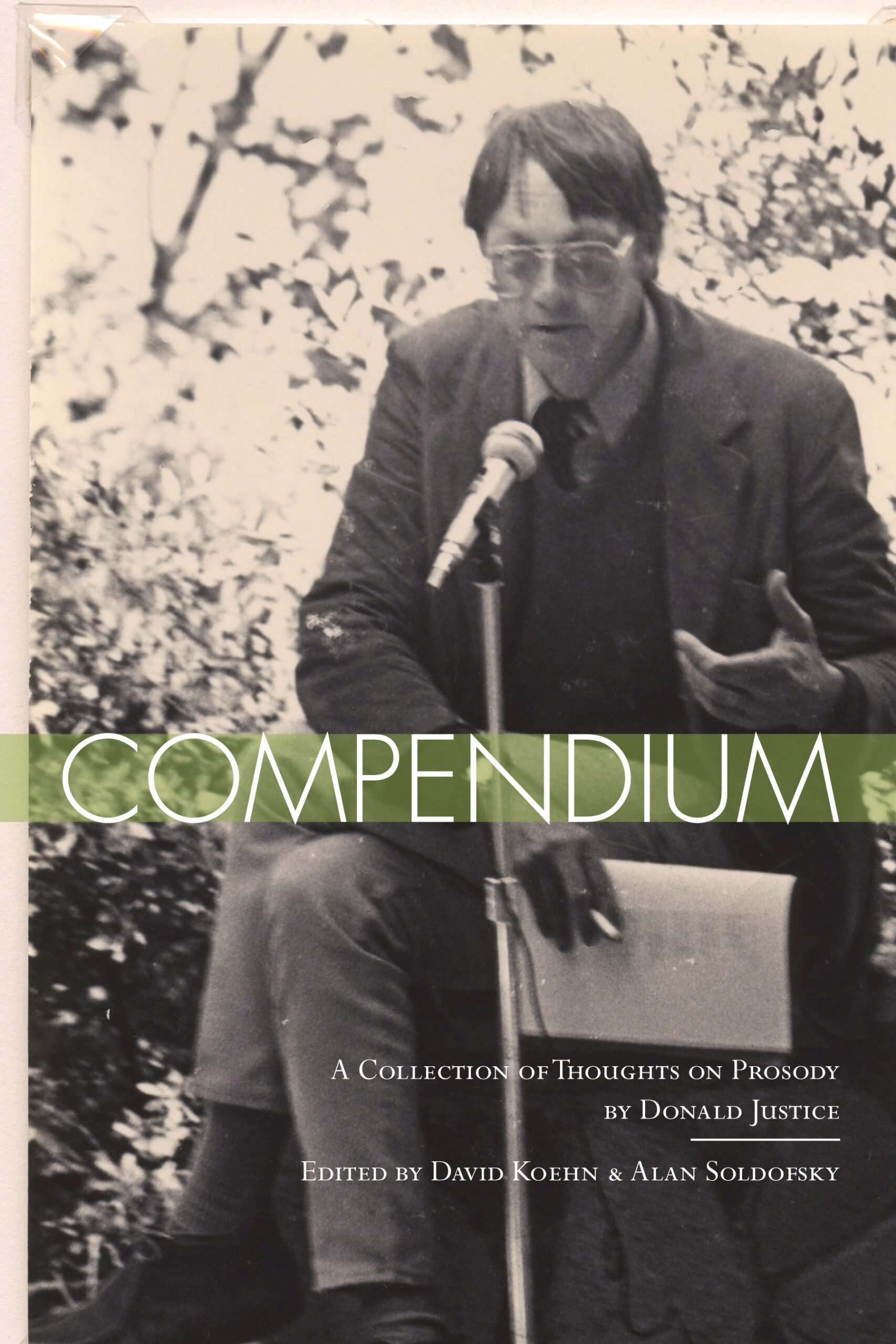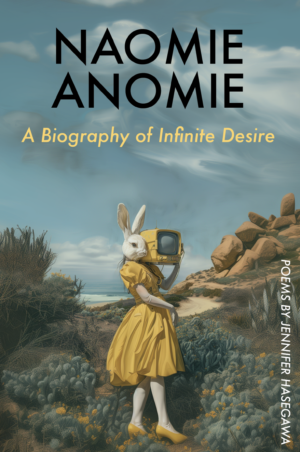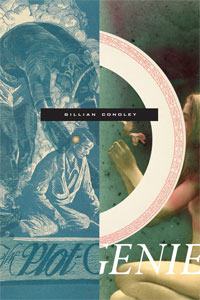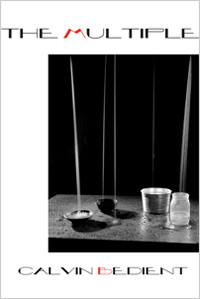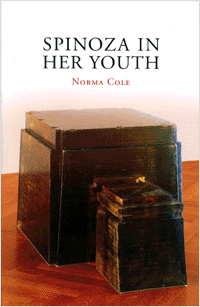Description
Edited by David Koehn & Alan Soldofsky
As prosody is the very medium of the poet’s domain, Donald Justice saw prosody as a set of nomenclatures for the poet composers to use in making their music. The collage process Justice employed to present his instructional materials possesses a composer’s quality, the structure of which possesses a unique beauty. His insights serve as a sort of de facto taxonomy, an organically designed system that he uses to present his lecture on each respective aspect of the evolution of poetic form. There is no formal thesis here, but rather a kind of scrapbook that has a broader motive. The material possesses no hidden secrets; the treasures lie in plain sight and simply need be discerned to open the artist’s mind to their possibilities.
For those not lucky enough to have been part of the four generations of poets who attended Donald Justice’s legendary “forms” class, Omnidawn has now made it possible for everyone to take a seat at the table. What a blessing it is, via these pages, to sit in that classroom once again. Here are the lessons not only of a poet’s poet, but of a teacher’s teacher. From the astonishing expressivity of the poetic foot, with its magic ability to build an entire voice and vision, to the endless nuances of accentual stress, to the detailed history of such tools—Justice’s understanding of prosody was incomparable. By the time he guides one to the understanding of the architectural movement of a poem, one has entered the whole cathedral of the medium, step by step. Justice’s brilliant musician’s ear, and mastery of the minutest nuances of form, will give any practitioner—at any stage of their writing—the essential tool-kit. No one who sat in his presence ever forgot what he taught, or his understanding of what poetry serves. It is incredible to see it preserved, as in a time capsule, and brought back to us at a moment when perhaps we need it more than ever. Here is one of the few places one can go for the uncompromising rigor, finesse and wisdom that are needed to keep this art form alive.
JORIE GRAHAM
Here is a book of prosody that serves not only as a catalogue and history but also, as delineated in David Koehn’s meta-prosody introduction and Donald Revell’s pithy preface, the raison d’etre for deploying particular metrical and non-metrical structures. Compiled from the working course-pack of Donald Justice’s poetry classes, Compendium is a wide- ranging encyclopedia of what was and remains possible in the line, word and syllable.
TYRONE WILLIAMS
This unique and fascinating book—Donald Justice’s actual prosody class syllabi, lovingly preserved by one of his students—offers at once a goldmine of insights from one of our great thinkers on prosody, and a poignantly revealing time-capsule of American poetics 50 years ago. Justice privileges iambic to the exclusion of other meters, quotes nearly exclusively from white males, and demonstrates a faith in the power of the Williamsian free verse line that seems nai?ve today. But the range of his prosodic conversation across centuries and his finely-weighted ear for poetry remain perennially vibrant, and the magnificent, pithy scansion exercises alone are worth the price of the book. Kudos to editor David Kroehn for his devotion and foresight.This book is a must-have for anyone who wants to understand both the roots of contemporary poetics and those aspects of the art of poetry that will never go out of date.
ANNIE FINCH
To the art of versification, from chance to traditional methods (which aren’t, after all, that different), both in theory and in practice, Donald Justice brings astonishingly nuanced insight, not opinion. Compared to some of his more pyrrotechnic contemporaries, such as Merrill and Hollander, Justice offers incomparable subtlety, austerity, stoicism, and form as self-effacement.The wealth of quotes and examples from great masters of prosody, provided without comment, indicate literary erudition at its apex. Here is the structure of verse in English—the infinite relativity of sounds and silences that compose the nature of the art.
JAMES GALVIN
About the Author
Reviews
Excerpt
Donald Justice delighted in the constraint of poetic form and the subtleties of meter, often finding his subjects in an unsentimental nostalgia for the past, and particularly for the South during the Great Depression. He cast a cool eye on the fashion of the moment—if there were rules, he loved to break them. Despite his reputation as a formal poet, Justice at times wrote poems using chance methods, once inventing a card game that could create a poem’s syntax and vocabulary. A student of Robert Lowell, John Berryman, and Karl Shapiro at the Iowa Writers’ Workshop, Justice became the most influential teacher in the history of the Iowa program, not just in the quiet attentions of the workshop but in the example of his poetry. His students at Iowa, and later at the University of Florida, included Mark Strand, Charles Wright, Jorie Graham, James Tate, Rita Dove, Lewis Turco, Norman Dubie, Larry Levis, Michael Ryan, Debora Greger, William Logan, Joe Bolton, and Geoffrey Brock. Justice was elected a chancellor of the Academy of American Poets and was offered the position of poet laureate, declining only because of ill health. His books of poetry included The Summer Anniversaries (1960), Night Light (1967), Departures (1973), Selected Poems (1979), The Sunset Maker (1987), New and Selected Poems (1995), and Collected Poems (2004). His criticism was collected in Platonic Scripts (1984) and Oblivion (1998). He received the Lamont Award, the Bollingen Prize, and the Pulitzer Prize.
David Koehn’s brilliant, probing introduction about Donald Justice reflects the poet’s intense devotion to poetic innovation rooted in his impressive understanding of the arts, particularly the ideas and music of John Cage.“Compendium: A Collection of Thoughts on Prosody” satisfies both critics and poets thirsting for an enhanced understanding of the world’s poets and their methods. Justice’s brilliant essays aggressively unveil inscrutable truths without falsifying the enlightening necessity of total immersion in poetic form.
Compendium: a collection of thoughts on prosody collects together the “yellowed, coffee-cup stained, and wrinkled” papers of the “prosody course syllabus” one-time Justice student, editor David Koehn, has carried “around with me since I was but a young adjunct professor.” . . . Compendium is a valuable resource for an overview of the ins and outs of prosodic practice offering a snapshot of what one leading MFA instructor found most useful to his own teaching. . . . it’s a useful addition to the toolkit of resources for instructors . . .
METRICAL TYPES IN ENGLISH
Traditional meters, having so distinctive a sound and being so well established by a consistent practice since the early Renaissance, would appear ready to yield at once to a descriptive analysis. This is, however, an illusion. Prosidists such as Sidney Lanier have understood the meters as measures of time; the majority, like George Saintsbury, have taken them to be measures of stress (i.e. accent). The nature of the language is so various, so many factors which go into its total sound are susceptible to some kinds of analysis— degrees—that a system of measure taking each of them into account, though perhaps practicable for the linguist, is unnecessarily complicated for the poet himself, even if in his own less scientific way he is obliged to consider them.
The poet is naturally under no obligation to become learned in prosody or even to memorize the standard classical names for metrical feet. Among some poets, indeed—even so learned a poet as Eliot, for example—it has been an affectation to protest one’s innocence in such matters. In any event, the molossus and certain other classical feet have in the actual practice of English verse something of the mythical status of the griffin or the roc. For the poet who would write in traditional meters a good training of the ear on the practice of the masters (and his contemporaries) should be sufficient, no matter what set of terms he may choose to explain his practice and theirs. It is enough to be aware of what is possible so as to attempt that or something just beyond.
Nevertheless, we may try for the sake of clarification to describe modern practice with as simple and consistent a set of terms as we can.Although other prosodic bases have been tried in English, poets today write in meters that, for the sake of definition and convenience, we may call 1) Syllabic, 2) Accentual, 3) Accentual-Syllabic or 4) Free.
In Syllabics the norm of the line depends solely on a counting of the number of syllables. The number of stresses, not being a determining factor, will vary, and in theory it seems logical enough to suppose that it is to the advantage of Syllabics for the stress count to vary, so that the special and essential character of this metrical type may declare itself.
In Accentuals the norm of the line depends solely on a counting of the stresses (i.e. accents). The number of syllables is not a determining factor; their number will vary and—as with Syllabics—it may be supposed that it will be to the advantage of Accentuals for the syllable count to vary.
In Accentual-Syllabics—which seems a logical if somewhat awkward and artificial term for describing traditional meters—the norm of the line depends mutually on a counting of stresses and syllables both, and on a more or less regular alternation between the stressed and unstressed syllables.
In Free Verse any norm defined in terms of syllable-counting or stress- counting or some combination of both is non-existent. So long as none of the systems of measure, outlined above is to be employed, an incalculable number of “norms” may be devised; or none at all.

